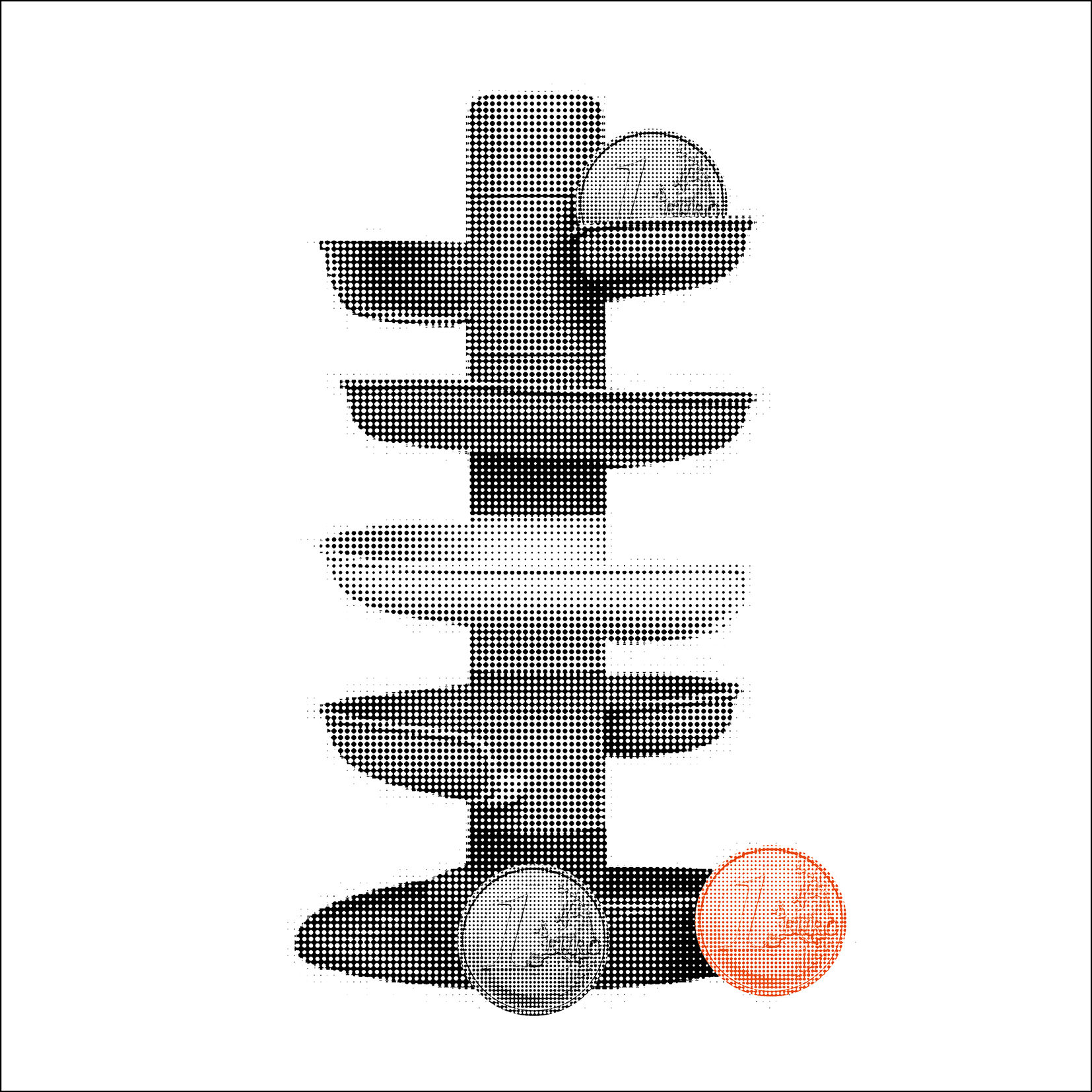I believe I first came across Professor Graziani’s work when I was writing a paper for Professor Hyman Minsky’s course on money. I was interested in the raging debate between Tom Asimakopulos and a number of Post Keynesians over the investment-saving relation. (Asimakopulos 1983, 1985, 1986) While he accepted Keynes’s argument that investment creates an equivalent amount of saving, he worried that this requires the full operation of the multiplier. In the interim, interest rates could be affected. In some of the responses to his article there was also reference to Keynes’s finance motive. At that time, this was probably the concept that I thought I fully grasped from the General Theory, so I set out to argue against Asimakopoulos in my class paper, and it was eventually published in 1988 in the JPKE. (Wray 1988)
For my dissertation, I was reading the early work on the Franco-Italian theory of the monetary circuit and hoped to somehow integrate this into a neo-Ricardian surplus approach. That is where I came across several of Professor Graziani’s papers on the circuit. (Graziani 1984, 1986, 1987) I went off to write the dissertation in Italy, working with Jan Kregel. As it turned out, when Minsky visited Italy in April he returned a fully marked-up draft of my dissertation and told me it would never make it through the department review. He suggested I focus on the endogenous money approach—which left room for the earlier topics: credit in the circuit approach and the saving-investment relation. My dissertation was published in book form in 1990. (Wray 1990)
I soon met Alain Parguez, Mario Seccareccia, and Marc Lavoie and wrote several pieces related to the circuit approach. I became more familiar with Graziani’s writings at that time.
I also got to meet Professor Graziani at least twice, accompanying Minsky—I think once in Italy and once outside, perhaps in the USA. They were a study in contrasts. Minsky was tall, big, and gregarious. He loved to be the center of attention. Graziani was small, reserved, and polite. Occasionally I noted what I thought was a bit of impatience from him over some point Minsky was emphasizing.
I wanted to write another book on money, focusing on the monetary theory of production shared by Keynes, Marx and Veblen. At some point, Kregel handed me a copy of Graziani’s new book—with that title! However, it was in Italian, so I thought perhaps I still had a chance to write my book. I wrote a number of chapters and accumulated a large file of references.
But I put it aside for a while to write a book on a new development—modern money theory, published in 1998. This set off a debate and I remained distracted for quite some time, making extensions and dealing with critics. And then Graziani’s book came out in English in 2003. (Graziani 2003) I was too late! My draft remains in a file drawer. His book is brilliant. No need to write another.
Later Wynne Godley was writing a chapter for a festschrift for Professor Graziani. (Godley 2012) I had co-written a few pieces with Godley, so I knew his method. When I thought one of our pieces was ready-to-go, he would say he needed a bit more time to finish it up. A week later, he would still be revising it. Nothing less than perfection would ever leave his desk. He would labor over every single word. There could never be even one extra word. When he shared his piece on Graziani it was as I expected: perfect. I honestly think it is the most exquisitely written economics article. Weaving cloth from Graziani’s thread. Indeed. A beautiful tribute to someone that Wynne had the greatest respect for.
Let me finish up with just a quick summary of what I learned about the circuit from Professor Graziani and extend it very briefly in two areas: liquidity preference and state money. (Wray 1996, 1998)
The quantity theory posits a stable relation between a monetary aggregate and spending. We all know the story: if money grows faster than output, excess demand causes inflation. That money causes spending is demonstrated by showing a stable relationship between the two. However, if spending and money are narrowly defined, then it is not surprising that a more-or-less stable relation will emerge. For example, if the monetary aggregate is defined as demand deposits and if spending is defined to exclude all intermediate goods, then ‘money’ and ‘spending’ will be highly correlated, for the following reason. Labor is almost always paid in terms of demand deposits. The capitalist takes out a short-term loan (issuing an IOU and receiving a demand deposit) to meet working capital expenses, most of which are labor costs. Thus, the size of this demand deposit is closely related to the quantity of wages paid in any given payment period.
The payment of wages conforms to a regular pattern (weekly or monthly). Worker expenditure of income is comprised mainly of running down demand deposits, and this is also on a fairly predictable schedule. Thus, there is a high correlation between demand deposits held by workers and their wages. Indeed, if wages are regularly spent over the income period, the average demand deposit balance of workers will be equal to one-half the wage bill (Graziani 1987, p. 32).
Since wages make up three-fourths of income, there will be a high correlation between ‘money’ and income. Since most wages are consumed and because consumption is the largest part of spending on final goods and services, there will also be a high correlation between ‘spending’ and ‘money’. The relation between these two aggregates will change as wage payment schedules change, as worker spending patterns change, as the distribution between wage income and non-wage income changes, as the number of intermediate steps in production changes, and as the proportion of wages consumed changes. Such changes are not normally abrupt.
There is no “natural” relation-free, or commodity, money that lies behind credit money. The money veil conceals creditor and debtor relations, not exchange as in the neoclassical view. The simple circuit model shows how credit money is created by banks to allow production to proceed as firms pay wages (and working capital expenses) on the basis of short-term loans (Graziani 1990). Wage payment, in turn, shifts the credit money (in the form of deposits) to workers, who use them to purchase the consumption output of firms. Sales of intermediate and final output by firms, in turn, allows them to retire their bank loans, “refluxing” the bank money. As Innes (1913) argued, the bank creditors are obliged to accept their own debts (bank money) in loan repayment, at which point the credit money is extinguished. The circuits can become much more complex, but the fundamental circular creditary process remains.
The circuit approach has proved to be an extremely useful tool for analyzing what Keynes called the monetary theory of production. We need to begin analysis of production with finance. Money created moves through the circuit from payment of wages back to producers and on to banks to destroy the money in reflux. In the simple circuit default is ignored; extensions do allow for saving that prevents some loans from being repaid and hence some of the money is not destroyed. Bonds can be sold to recapture some of the saving, allowing short-term loans to be repaid, but that only substitutes longer-term debt.
This opens an avenue for liquidity preference, which determines willingness to give up deposits for bonds. Allowing for default provides another path for liquidity preference to enter; if default is uncertain (and not merely probabilistic) then a preference for liquid assets can exist.
We also must allow for a range of financial institutions, all of which ‘create money’ but only some of which have access to the central bank and the government insurer. This provides another opportunity for liquidity preference to matter: these money IOUs are not equally acceptable.
The state matters doubly: it creates the unit of account in which all money IOUs are denominated, and it backstops some portion of those money IOUs to make them more liquid. The state enforces its choice by accepting only certain IOUs and only those denominated in its own currency of account. It thus uses the monetary system to move a portion of resources to the public purpose.
A monetary circuit without the state is even worse than Hamlet without the Prince—as Kregel (1985) once put it in reference to leaving liquidity preference out of the circuit. Keynes introduced liquidity preference in the investment decision, with liquidity preference interpreted as a theory of (asset) value. Here is where the bulls and bears matter: when the bears dominate, the industrial circulation suffers. Unemployment exists because ‘men’ want the moon, raising the marginal efficiency of money to such a level that production of commodities cannot be undertaken.
Finally, Wynne Godley (2012) puts the circuit into a fully-specified stock-flow consistent model, where “everything comes from somewhere and goes somewhere.” He includes interest on loans and profits to banks (often missing from the simple circuit). He argues that one conclusion is of particular significance. Money is supplied through loans and ends up in deposits held by households—the money supplied is all accounted for. Yet, there is no money demand equation in the model. It other words what is usually presented as an equilibrium condition (money supply=money demand) is actually required by the necessity of accounting. There is no possibility of “excess money supply” that might drive up prices. Nor can interest rates be determined by “money supply and money demand.” Both orthodox Monetarism and orthodox Keynesianism are stock-flow incoherent. However, the circuit approach to endogenous money adopted by Graziani is demonstrably coherent.




